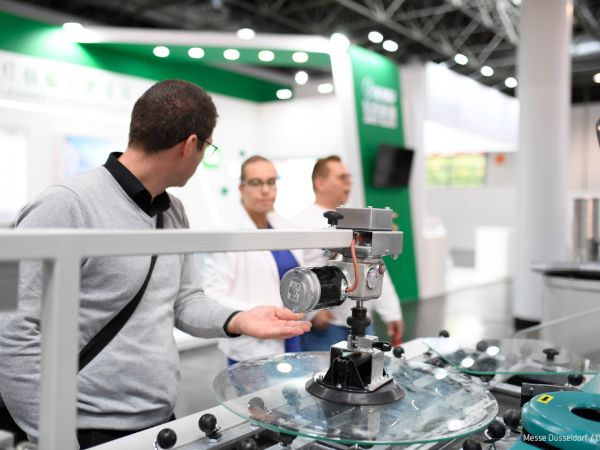
Date: 14 May 2025
Digitalisation and AI use are also gaining in importance in the glass industry and the glazier trade. In both segments the analysis of large data volumes plays a pivotal role. Technologies such as machine learning and advanced analytics hold enormous potential for optimising manufacturing processes, increasing efficiency, minimising errors and improving product quality.
How are digital tools and AI used and incorporated into existing processes?
Complexity and scope
Glass industry: Here highly complex AI-assisted systems are used for large-scale applications. Examples include the automation of entire production lines, the use of sensors for real-time monitoring and the precise control of glass production using AI algorithms. One example being the introduction of AI for improving the energy-efficiency in glass tanks, which are constantly monitored and adjusted to optimise energy consumption.
Glazier trade: Glaziers, on the other hand, use specialist digital tools and AI applications. The focus here is particularly on assistance for the planning and execution of custom projects such as the use of 3D modelling software for designing glass objects or the use of AR goggles for precise cutting and assembly jobs, for example.
Application areas
Glass industry: In the industry AI systems are used for automation and quality control. For instance, visual inspection systems are deployed that detect defects in the glass with the help of image processing techniques and help weed out defective parts. Logistics and warehousing also benefit from AI that optimises supply chains and efficiently manages inventories.
Glazier trade: The focus here is on supporting craftspeople’s jobs. Digital tools help in the precise measurement and planning of glass structures while AI applications are used for material optimisation and improved cutting precision.
Participatory design
Glass industry: In larger industrial enterprises the participatory design of AI applications is key. Employees are involved in the development process at an early stage to increase the acceptance of new technologies and take their specific needs into consideration. This results in a better integration of the technology and higher adoption rates.
Glazier trade: In skilled crafts digital tools are mostly introduced on a smaller scale and in a less customised way. Adoption rates depend strongly on user friendliness and immediate benefits for daily work.
Challenges
Technological barriers: Both segments are faced with technological challenges such as the integration of new systems into legacy processes and the need to train the workforce.
Acceptance and willingness to change: While in the industry larger structural changes are often required to incorporate new technologies, in the skilled crafts it is mainly reservations and fears of technological change that have to be overcome.
This means there are marked differences when it comes to the application and integration of digital and AI technology: highly scaled, automated processes in the glass industry versus specialised, crafts-related applications in the glazier trade. However, the benefit of progressive technologies is obvious in both segments and set to increase further.
More information on AI and digitalisation
 600450
600450

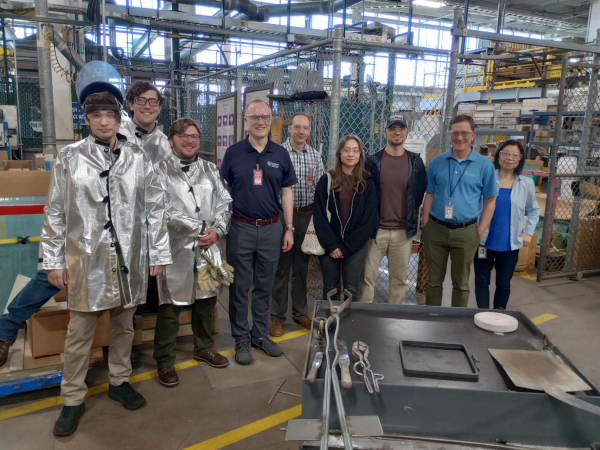


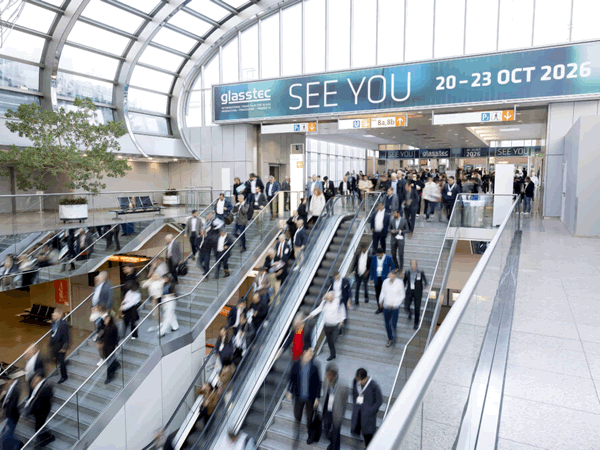
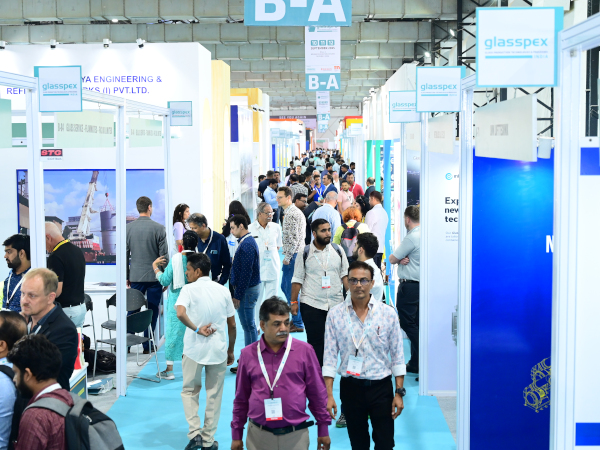
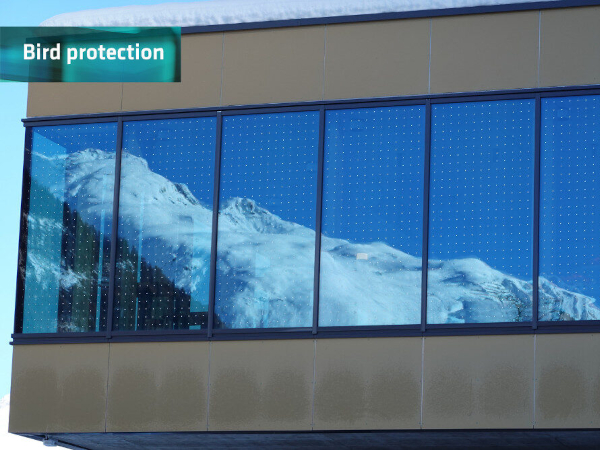
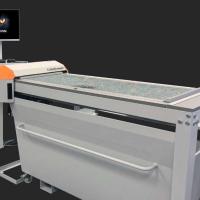
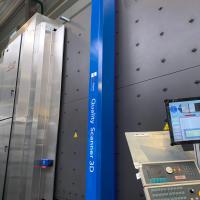
Add new comment